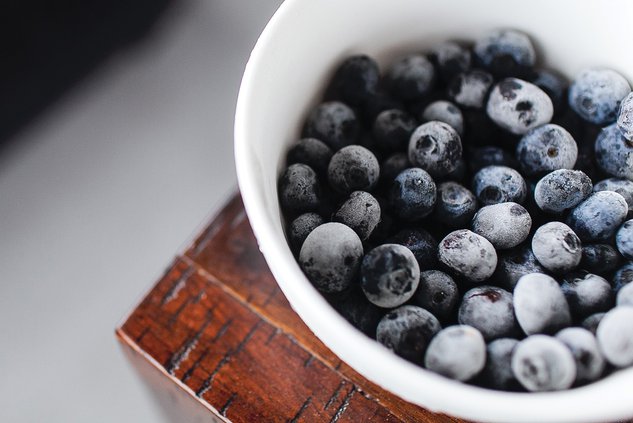By Barbara Worley
UGA Extension Forsyth County
Eat your veggies! An apple a day keeps the doctor away!
We have heard these sayings repeatedly, but how many Georgians are heeding the recommendations set forth by the 2015–2020 Dietary Guidelines for Americans that adults consume 1.5–2 cups of fruits and 2–3 cups of vegetables per day?
According to a study from the Centers for Disease Control, only 1 in 10 Americans consume the recommended amounts of fruits and vegetables. Data from 2017 showed that 38.6% of Georgians consume fruit less than one time per day and 18.1% said they consume vegetables less than once a day. Not only is proper nutrition essential in keeping Americans healthy, but the availability of healthy, affordable foods contributes to a person’s diet and risk of related chronic diseases. Frozen fruits and vegetables can be food-safe, nutritious and prevent food waste.
Studies conducted by the University of Georgia and California-Davis (UC Davis) reveal that frozen fruits and vegetables are as rich in nutrients, and often more so, than fresh-stored produce. Freezing is simply nature’s “pause button.” Freezing slows down enzyme activity that causes food to spoil quickly. When fruits and vegetables are harvested, they are still “alive.” Over time, enzyme activity results in spoilage. However, frozen fruits and vegetables are blanched and frozen very soon after being harvested which inactivates the enzymes and helps to prevent nutrient, flavor, texture and color deterioration.
Food safety should also be remembered. Heat frozen vegetables before using. Even though frozen vegetables have been blanched prior to freezing, they must always be heated following the package directions (to at least 160°F) prior to serving to reduce the risk of foodborne illness. Never thaw fruits and vegetables at room temperature. When preparing frozen vegetables in the microwave, on the stovetop, or in the oven, the "standing time" is an important part of the food safety process, as your food may continue to cook once it is removed from the heat.
Using frozen vegetables can save money and reduce food waste. The USDA reports approximately 40% of the food produced in the United States each year is never eaten, amounting to about $162 billion lost every year. The average American family throws away 25% of food and beverages purchased, which is alarming considering 17.5 million U.S. households are food insecure. Frozen fruits and vegetables mean less wasted food and access to nutritious, portion-controlled options. Opting for frozen fruits and vegetables during months when fresh options are out of season allows for more variety.
Tips
1 – Stock up. Keeping a variety of frozen vegetables on hand in the freezer allows one to portion only what is needed for each meal.
2 – Add variety. Vegetable soup is a comfort classic. Mix peas and carrots in rice. Chop broccoli, peppers, and onions for casseroles.
3 – Snack on fruit. Thaw strawberries or peaches in the refrigerator overnight and enjoy with yogurt.
4 – Better breakfast. Blend fruit in the morning to smoothies or add blueberries to oatmeal or pancakes.
5 – Happily hydrated. Add frozen strawberries and blueberries instead of ice cubes to water for a delicious way to stay hydrated.
6 – Take a food preservation class at UGA Extension. Freezing is one of the oldest forms of food preservation. Learn the proper ways to keep foods frozen and to plan freezer meals.
For more information on health, nutrition and food safety, contact University of Georgia Extension in Forsyth County at 770-887-2418 or online at http://ugaextension.org/county-offices/forsyth.html. Forsyth County Extension is supported by The University of Georgia, Forsyth County Government, Forsyth County Board of Education, and United Way of Forsyth County.

